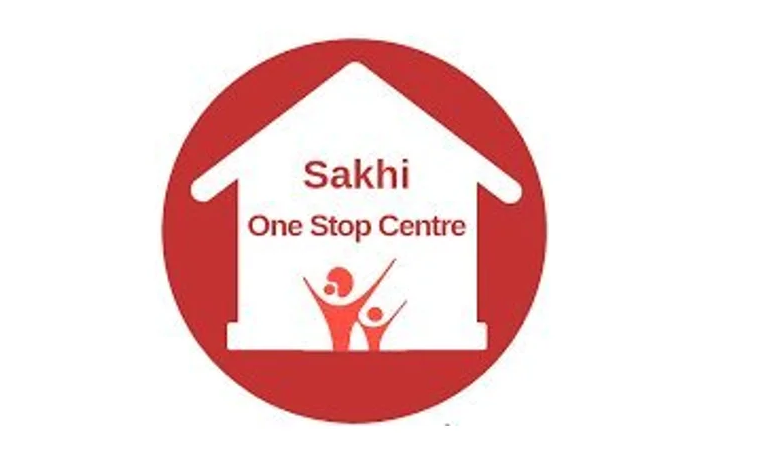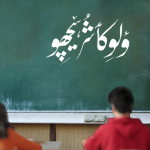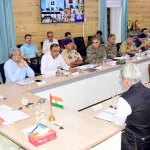Women have been a vital force shaping India’s culture, society, and economy since ancient times. In recent years, the nation has taken commendable strides in empowering its women through various government initiatives focused on improving their health, education, social status, and economic opportunities. Among the significant schemes rolled out are Beti Bachao, Beti Padhao, Rashtriya Mahila Kosh, Pradhan Mantri Matru Vandana Yojana, Poshan Abhiyan, Women Helpline Scheme (181), and the One Stop Centre Scheme (Sakhi).
Launched in 2015 by the Ministry of Women and Child Development, the One Stop Centre (OSC) Scheme has become a cornerstone in the country’s efforts to support women affected by violence and abuse. These centres are a key initiative under the Nirbhaya Fund, which was created based on the recommendations of the Usha Mehra Commission after the brutal 2012 Delhi gang rape case. In 2022, the scheme was incorporated into the Sambal component of Mission Shakti, an umbrella program that aims to ensure the safety, security, and empowerment of women across India.
The core idea behind OSCs is simple yet powerful: integrated support under one roof. Survivors of violence often face the daunting task of navigating multiple systems—hospitals, police stations, legal services, and shelters—each with its own complexities. This process can be not only overwhelming but also retraumatizing. OSCs eliminate these barriers by offering a single, safe space where women can access medical care, legal aid, psychological counseling, temporary shelter, and police assistance.
Designed to serve all women and girls under the age of 18, regardless of caste, religion, class, region, marital status, or sexual orientation, OSCs also collaborate with child protection authorities under the Juvenile Justice Act, 2015, and the Protection of Children from Sexual Offences Act, 2012, to ensure age-appropriate care and support. The One Stop Centre (OSC) Scheme serves as an ideal platform for women affected by violence, providing comprehensive support and assistance.
A woman in distress can access the scheme either by registering the issue herself or through someone acting on her behalf, such as a family member, friend, NGO worker, or public servant. However, cases reported directly by the victim are given top priority. Once a complaint is lodged, a text message is sent to the concerned district authorities, including officials like the DPO, PO, CDPO, SHO, DM, SP, DYSP, CMO, or PO, depending on the case’s requirements. A Unique ID Number is also generated after the case details are recorded in a specified format.
The scheme offers temporary shelter for up to five days at an OSC, where affected women can stay with their children. While girls of all ages are allowed to stay with their mothers, boys over the age of eight are not permitted. During their stay, women are provided with basic necessities such as food, medicine, clothing, sanitary napkins, soap, shampoo, and other essential items. Additionally, women can also seek help through the Women Helpline, which is integrated with police, ambulance, and emergency services, ensuring timely and coordinated assistance.
Currently, 733 OSCs are operational in 729 districts across the country, as reported in the Lok Sabha on February 10, 2023. As per the reports there are 60 to 70 percent of the cases registered at these centres are related to domestic violence. “Medico-legal cases can be complicated to handle, which is why having a resourceful team to assist with these processes is crucial.
With every district expected to have a fully operational OSC, the vision is clear: to ensure that no woman in distress is left without support. These centres are a testament to the country’s commitment to building a safer and more equitable society for all women.
(The author is associated with the J&K UT Juvenile Justice System in District Shopian. Email: [email protected])








